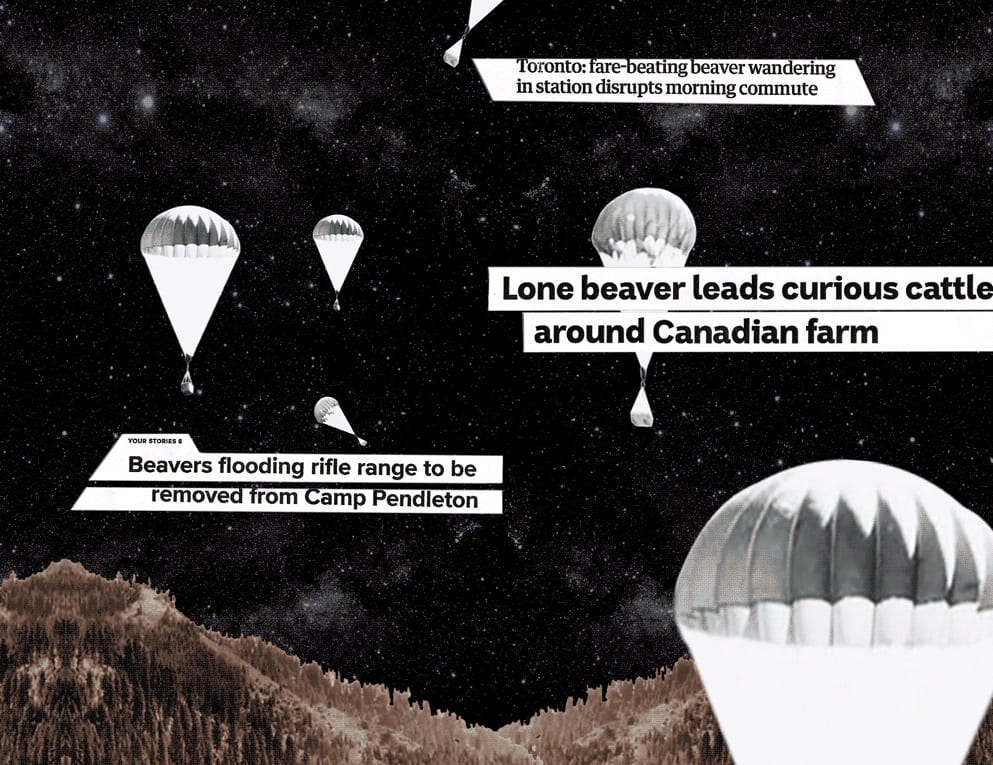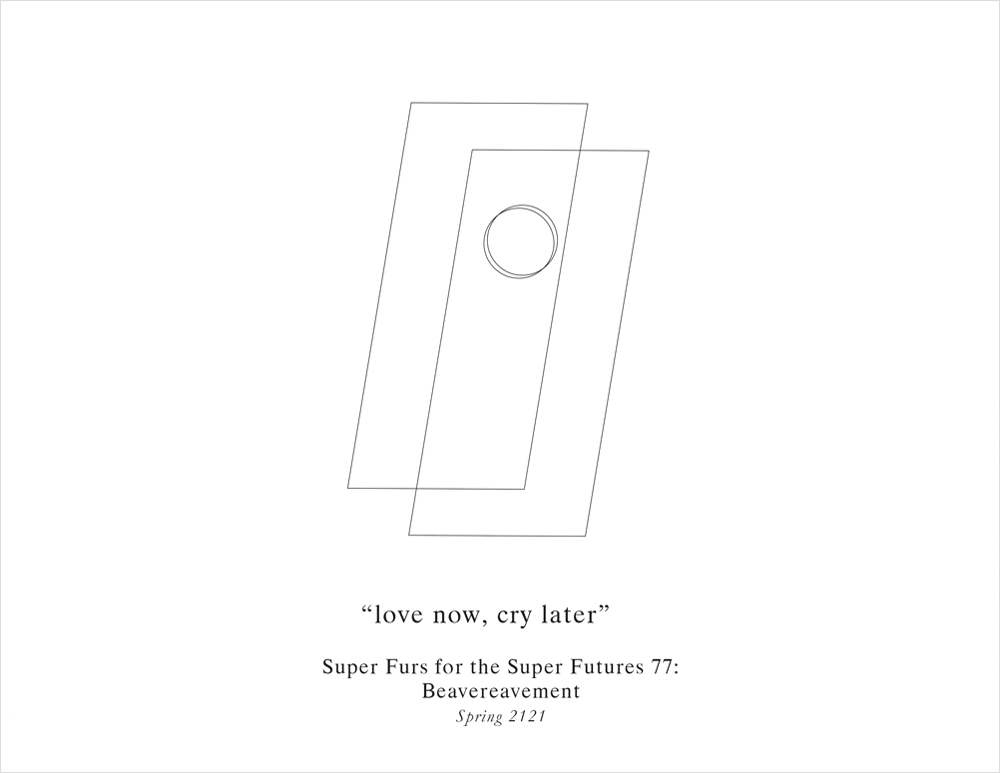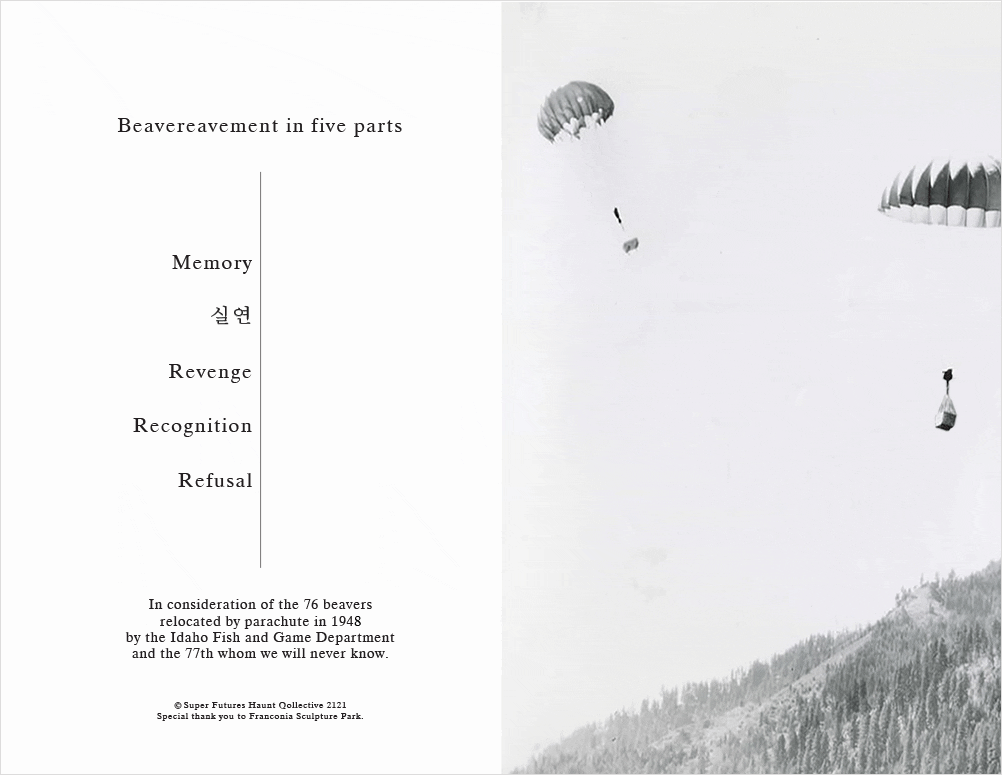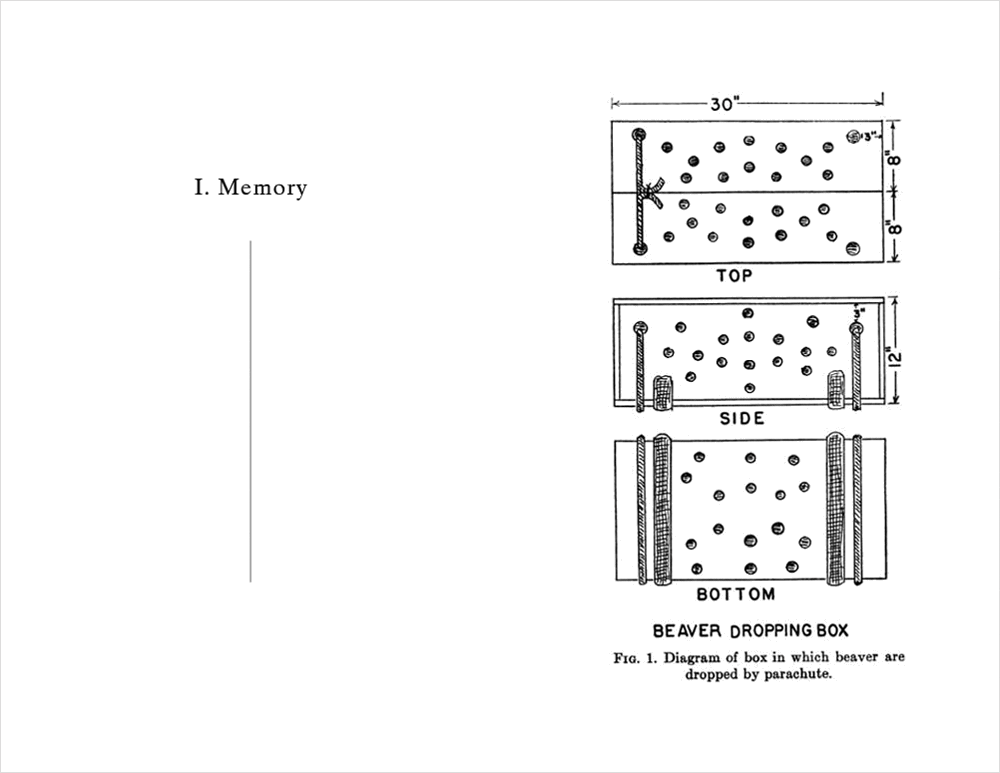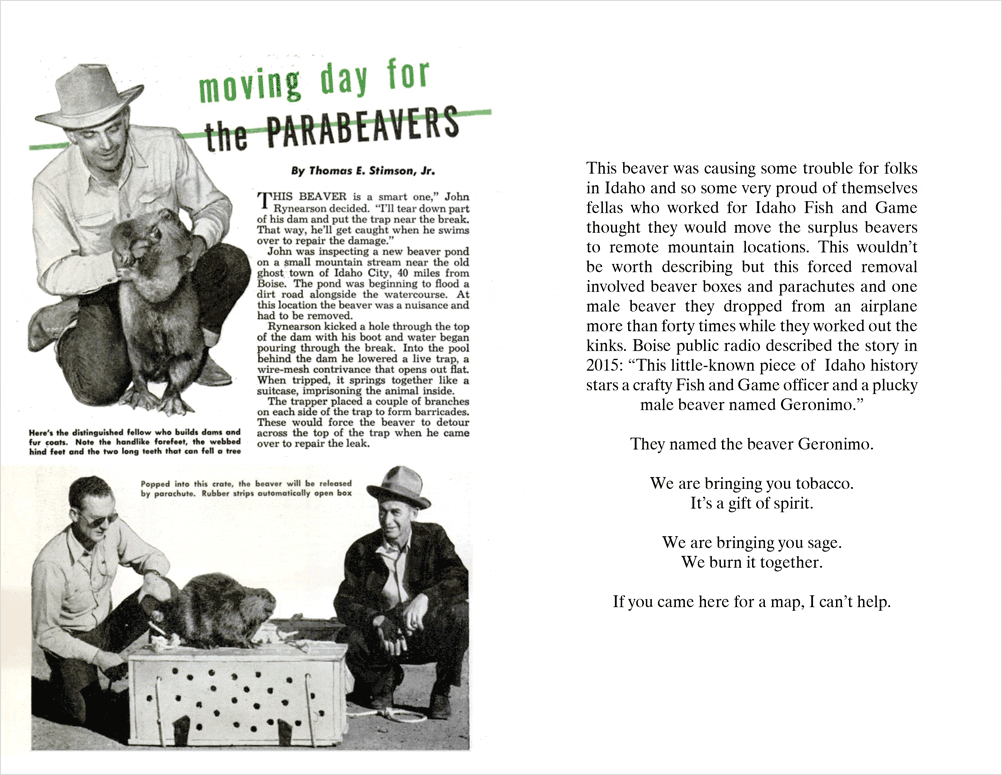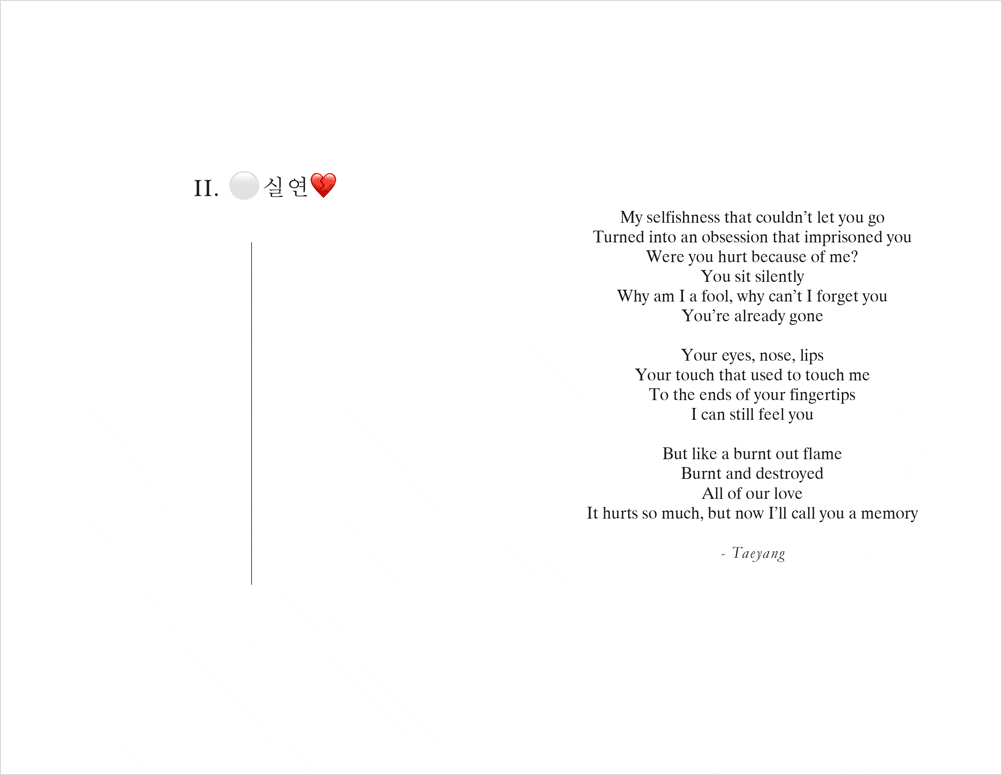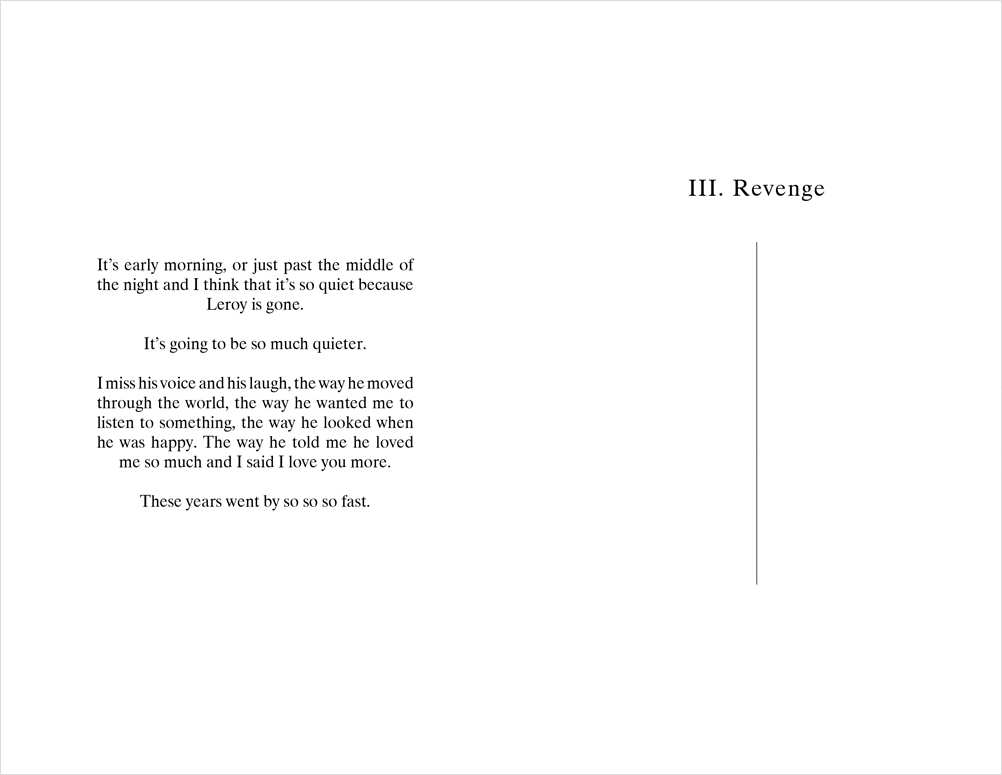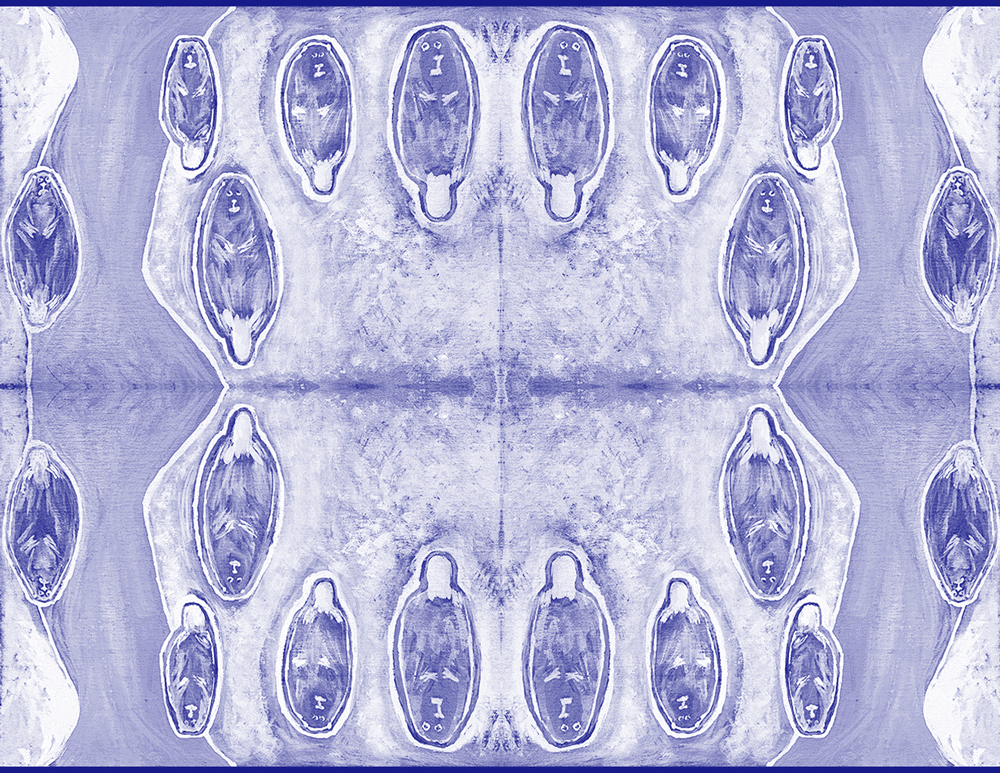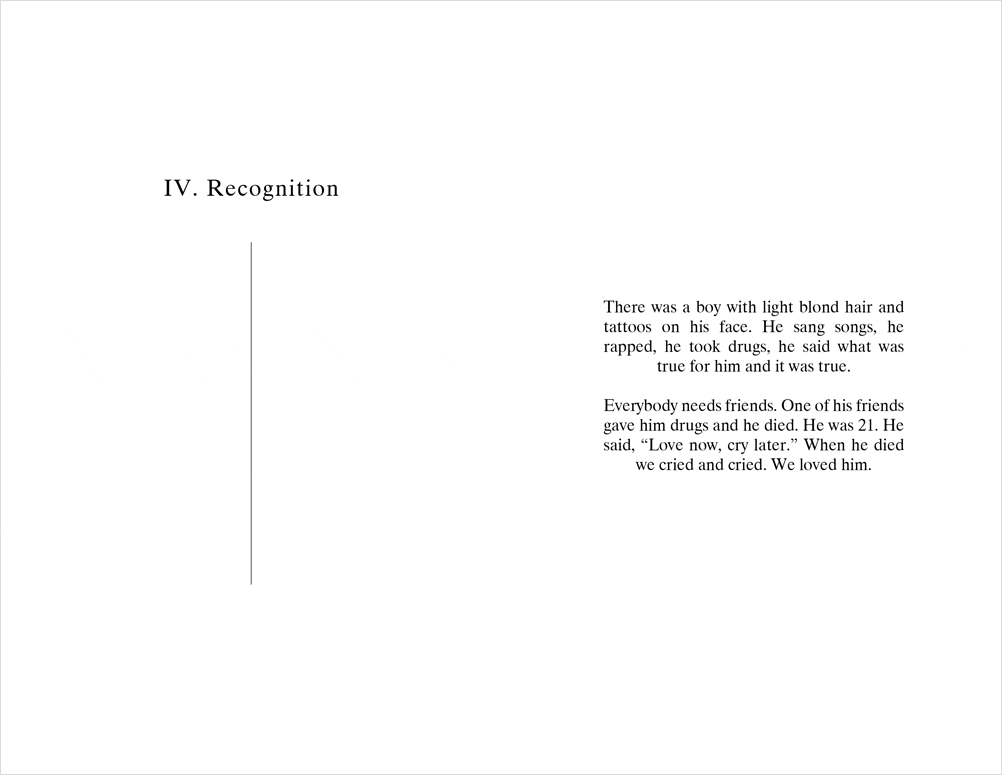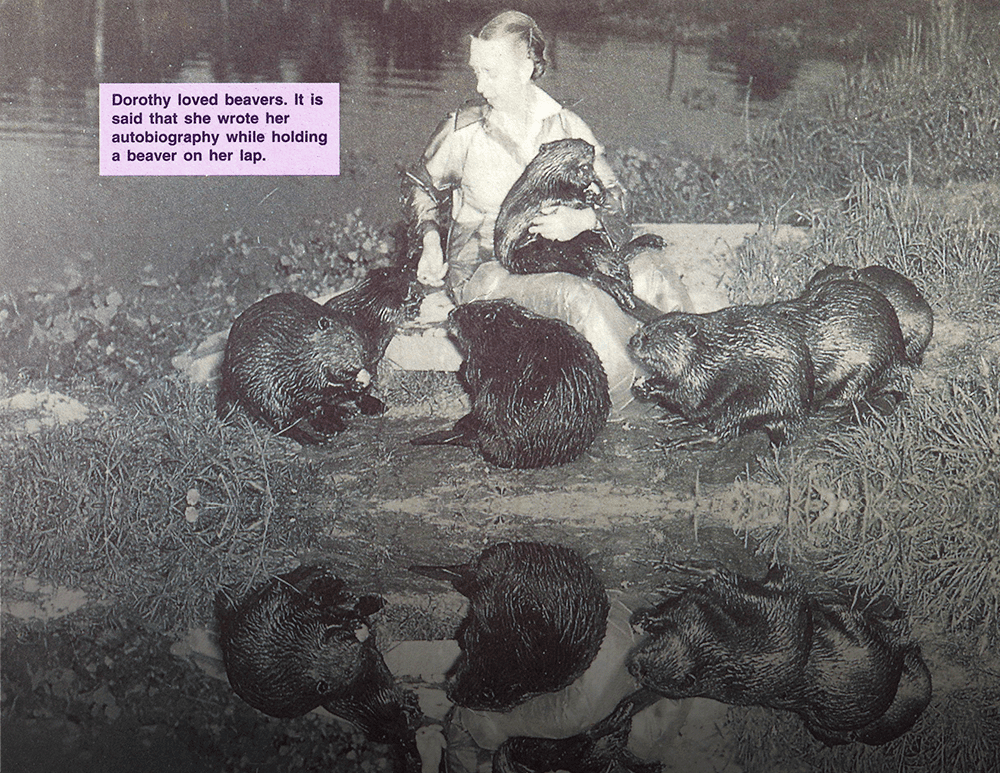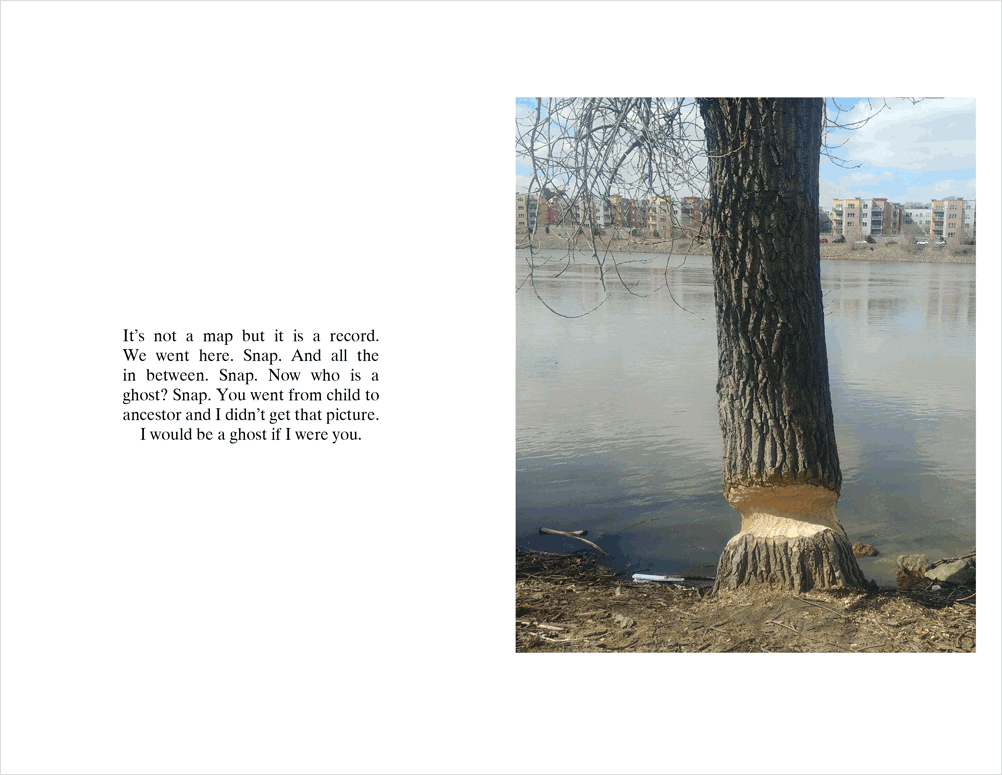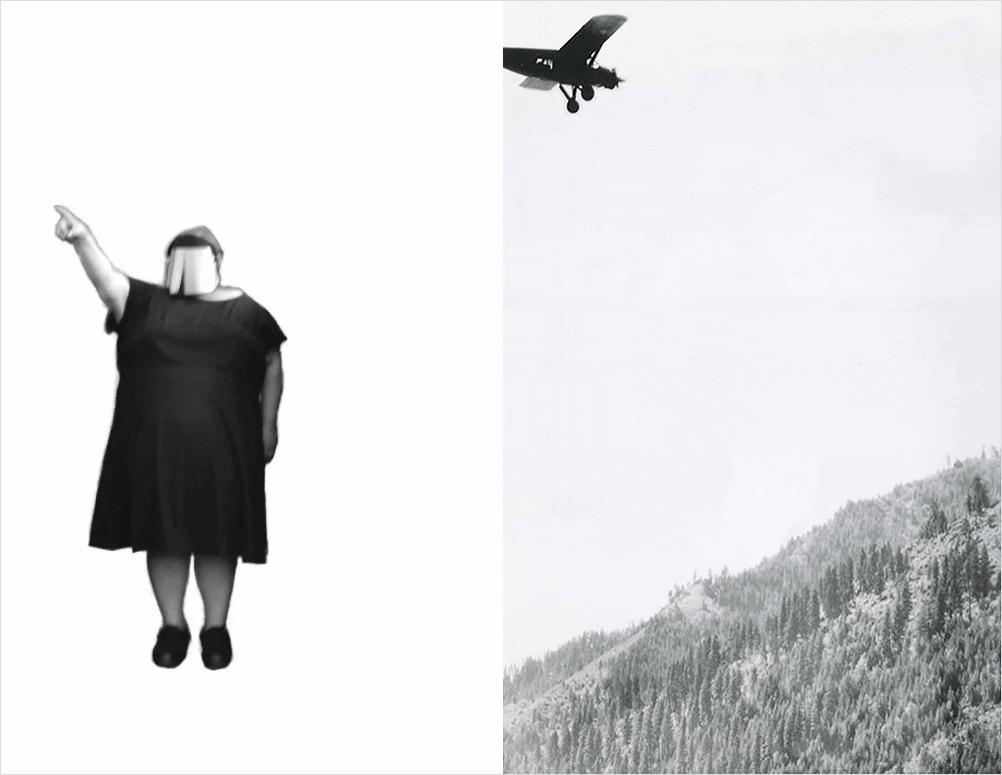Feral Intimacies is an online exhibition comprising two newly commissioned digital projects by Super Futures Haunt Qollective (SFHQ) and Jeremiah Barber, created this spring at a critical juncture in the ongoing coronavirus pandemic. Pivoting their embodied and performance-based practices to digital engagements in order to accommodate the transformed conditions of everyday life, these artists imagine expansive forms of relation across distance and difference— across the mediated spaces of the internet, and through multispecies affinities and solidarities against capitalism, land theft, displacement, and genocide. Their projects move through love, wonder, mourning, and grief as collective and communal acts of fashioning a world that is more just and joyful than the one we inhabit now. They envision human-animal relations and collaborations across multiple scales, from the most personal to the world-historical, and ruminate on the generative possibilities of feral intimacies—or forms of connection untamed by heteronormative, colonial, and capitalist structures of family, kinship, and home. The ways of being together that SFHQ and Barber fantastically imagine are not meant to be fully comprehended or captured, but rather can inspire us toward transforming all our relations to be less alienated, damaging, or unsustainable.
For the first installment of this exhibition, SFHQ (whose members include Angie Morrill, F. Sam Jung, and C. Ree) presents the animated zine Super Furs for the Super Futures 77: Beavereavement as a simultaneous gift for the public and a memorial for Leroy Xavier Morrill, a young Klamath man taken prematurely from this realm. The fanzine pays homage to multiple inspirations adored by the trio and their extended kin and grieves the accumulated losses of family members, homelands, and entire lifeworlds. These sources include the late emo rapper LiL PEEP; K-Pop sensation Taeyang and his hit song “눈,코,입 (Eyes, Nose, Lips)”; and, most prominently, hordes of beavers on the rampage all over continental North America. From an initial research interest in the seventy-six beavers relocated by parachute in 1948 by the Idaho Fish and Game Department, SFHQ’s three future ghosts (as the collective’s members identify themselves) make kin with the lost seventy-seventh beaver who did not survive this forced relocation, and all other beavers who refuse to be disappeared by death or dispossession. Scrolling headlines of beaver takeovers of waterways and land grabs through the decades prove that nature is healing; beavers are not only metaphors of resistance but they also embody refusal, resurgence, and regeneration in their individual and collective beings. Yet while beavers are imaginatively resurrected here by SFHQ and find ways of surviving, they ultimately—like all of us living—still die. LiL PEEP and Taeyang are the soundtrack that carries them over. Weaving these disparate sources and binding them together through shared love, SFHQ’s Beavereavement affirms that grieving together is how we take care of our ghosts.
—Thea Quiray Tagle, Guest Curator
Please click the arrows below to scroll through each section of the animated zine.
Super Futures Haunt Qollective (SFHQ) is an art- and research-based collaboration between three avatars: SFAOW (Specularity: Fugitive-Alterity or Whatever), Agent O, and Lady HOW (Haunting or Whatever). In their terrestrial forms, SFHQ’s members are F. Sam Jung (MCP, Massachusetts Institute of Technology), a sky person and urban planner in New York; C. Ree (MFA, University of California, Irvine), an artist and film programmer based in California; and Angie Morrill (Klamath Tribes, PhD, University of California, San Diego), a shut-in cat lady who paints pictures for money. She is also the director of the Indian Education Program for the Portland School District.
Thea Quiray Tagle, PhD, is a curator, art writer, and assistant professor of critical ethnic studies and gender and sexuality studies at the University of Massachusetts Boston. Her research and curatorial interests include socially engaged art and site-specific performance, visual cultures of violence, and creative modes of survivance across the Pacific. Her writing has been featured in venues including American Quarterly, ASAP/J, ACME: An International Journal for Critical Geographies,and Hyperallergic.
Credits
All artwork by Super Futures Haunt Qollective. Media sources include:
Section 1, Slide 2 (pages 1–2):
- Samantha Wright, “Parachuting Beavers into Idaho’s Wilderness? Yes, It Really Happened,” Boise State Public Radio, January 14, 2015.
- Idaho Fish and Game Commission, Fur for the Future, ca. 1950, video, color, 14:13 min., republished by Idaho Fish and Game on YouTube, October 20, 2015.
Section 1, Slide 3 (pages 3–4):
- Elmo W. Heter, “Transplanting Beavers by Airplane and Parachute,” Journal of Wildlife Management 14, no. 2 (April 1950): 143–47.
Section 1, Slide 4 (pages 5–6):
- Thomas E. Stimson Jr., “Moving Day for the Parabeavers,” Popular Mechanics, April 1949, 130–34, 266, 269.
Section 1, Slide 5 (pages 7–8):
- Taeyang, “눈,코,입 (Eyes, Nose, Lips),” written by Teddy Park and Taeyang, produced by DEE.P (FUTURE BOUNCE) and Rebecca Johnson (Bekuh BOOM), track 2 on Rise, YG Entertainment, 2014.
Section 2, Slide 2 (pages 13–14):
- US Army Corps of Engineers, Aerial View of Fort Calhoun Nuclear Reactor during 2011 Missouri River Flood on June 16, 2011, photograph, Wikipedia.
- Scott Ford, Riverfront on the Ohio River Gets Flooded, photograph, from “Ohio River Highest Point Since 1997,” Action News, 13 ABC, February 25, 2018.
- NASA, The Satellite Images Show the Mississippi River, the Missouri River and the Illinois River near Normal in 1991 and near Their Peak Water Levels in 1993, photograph, from Brian Lada, “25 Years Later: The Great Flood of 1993 Remains Worst River Flooding US Has Ever Seen,” AccuWeather,July 1, 2019.
- James Finley/AP Photo, A Farm House Is Surrounded by Water from the Overflowing Missouri River and Mississippi River in West Alton, Mo., Monday, July 12, 1993, photograph, from Lada, “25 Years Later.”
- Natalia Goodwin, “Flood-Causing Beavers Must Be ‘Eradicated,’ Says Mayor of Quebec Town,” CBC News, April 12, 2021.
- Nikki Tran, “‘Nature’s Engineers’: Feds to Stop Killing California Beavers,” SFGate, August 5, 2019.
- Evann Gastaldo, “Man Tries to Take Photo of Beaver: It Kills Him,” USA Today, April 11, 2013.
- Tule River Trible of CA, “Beaver Campaign Partners with Tule River Tribe to Return Beaver,” Facebook, September 23, 2020.
Section 2, Slide 3 (pages 15–16):
- Stanley Park Ecology Society, “Critter Cams Record Nightlife,” February 28, 2018.
Section 2, Slide 5 (pages 19–20):
Section 3, Slide 3 (pages 25–26):
- Aline A. Newman, “Beavers in Her Basement,” Highlights for Children, February 1994, 32–33.
- Lang Elliott, “Beaver Moans,” recorded in Land Between the Lakes, Kentucky, October 15, 2019.
Section 3, Slide 5 (pages 29–30):
- Ginger Porcella, color photograph; reproduced with permission.
Section 3, Slide 6 (pages 31–32):
- Ginger Porcella, color photograph; reproduced with permission.
Section 3, Slide 7 (pages 33–34):

